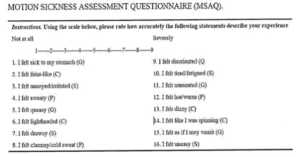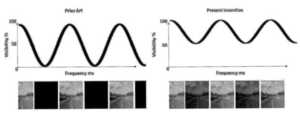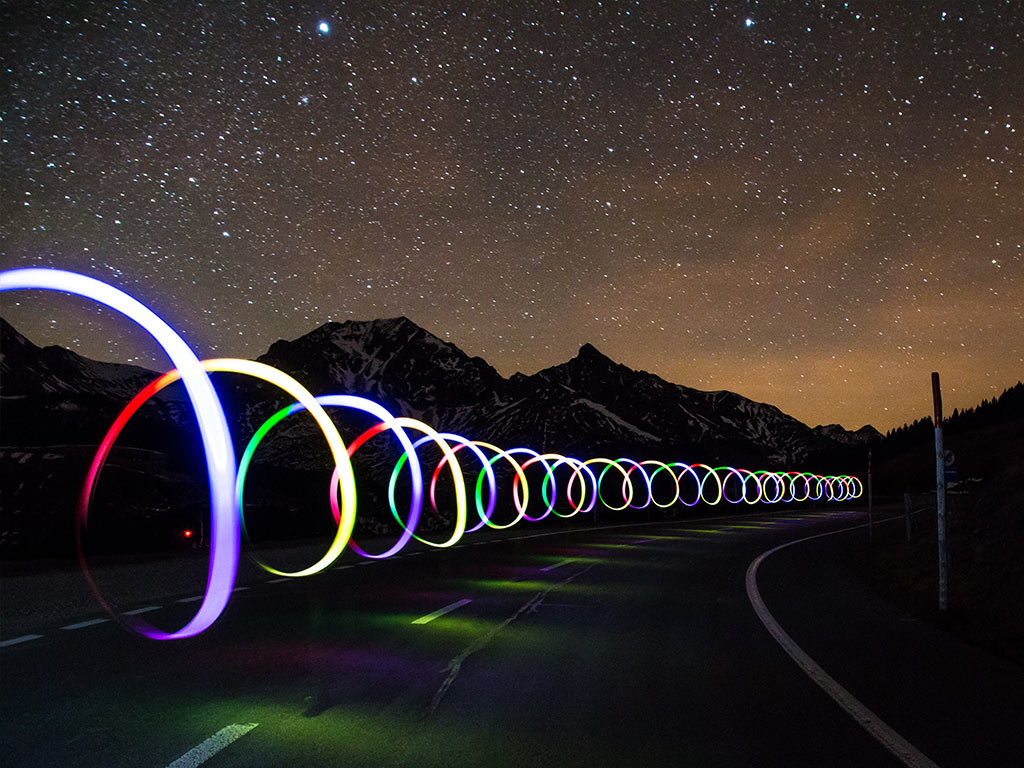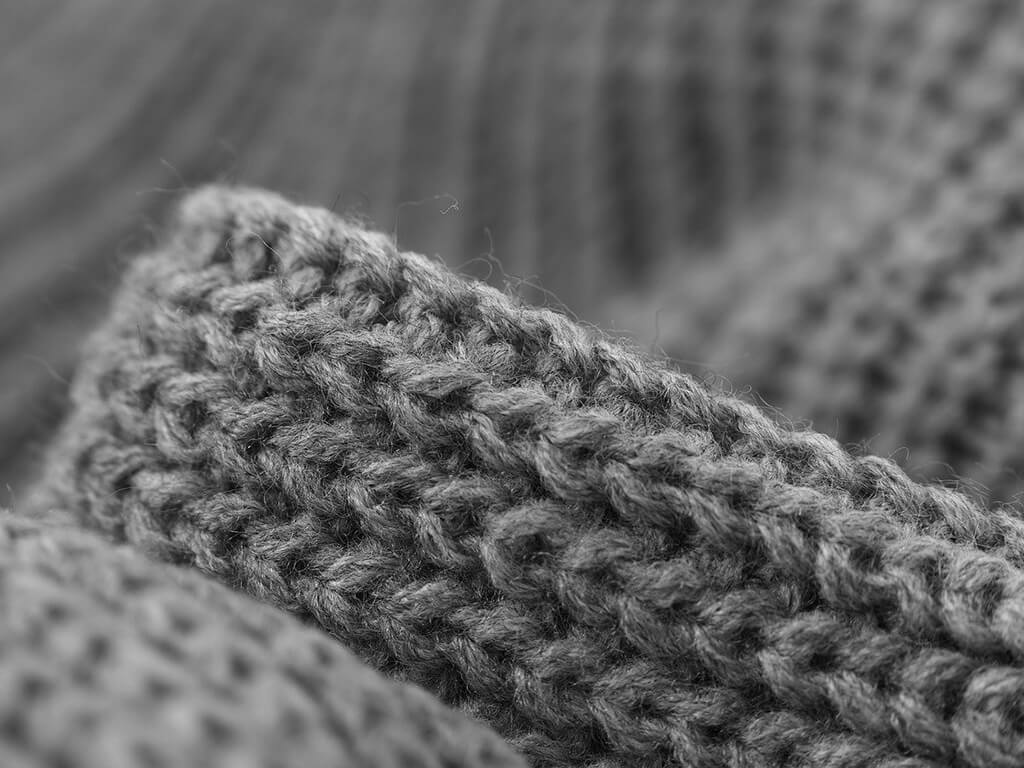Gauzy, a material science vendor based in Tel Aviv, is patenting a type of liquid crystal film for windows, meant to prevent motion sickness in vehicle passengers.
Motion sickness occurs when the brain receives conflicting nervous signals from the body, particularly when exposed to motion in the environment. Using your phone on a moving vehicle, for instance, may lead to dizziness and nausea as your vestibular system—also known as the sensory apparatus in your inner ears—perceives motion while your eyes do not. This malady is common among children, pregnant women, and people under certain medications.
Gauzy’s patent application mentions the primary treatments for motion sickness: either drugs or adaptation. Taking the pharmacological approach comes with side effects, the most well-known of which is drowsiness. This may preclude a person from medicating in situations where wakefulness during travel is necessary. On the other hand, having to adapt to motion sickness takes time. However, soldiering through the symptoms of motion sickness may not be viable for everyone who experiences it.

Fig. 1. An example of a Motion Sickness Assessment Questionnaire Scale.
Gauzy cites, among others, patents from Boeing and NASA that similarly aim to combat motion sickness in vehicles, even in spacecraft. The Boeing patent features a method of slowing down the motion in a passenger’s outside view using sensors and a specialized display. NASA’s patent describes eyewear equipped with shutter lenses that activate at certain frequencies to limit the sensory mismatch experienced by its wearer. However, Gauzy says some of the prior art uses very complex systems that are not suitable for all types of vehicles.

Fig. 2. An exemplary comparison between the prior art and Gauzy’s invention regarding the relationship between the frequency and the level of darkness of liquid crystal film.
Liquid crystal is a substance that has the fluidity of a liquid and the molecular alignment characteristics of a solid. It is most commonly applied in Liquid Crystal Displays, or LCDs. These draw less power than their LED and gas-based counterparts, since they work on the principle of blocking light rather than emitting it. Gauzy’s patent application says liquid crystal can be integrated into vehicle windows as a way to prevent motion sickness.
The system employs at least one motion sensor for the vehicle and another to sense the direction a passenger is looking. A computer processes the motion data into instructions for an electrical power dimmer, which activates and deactivates the window’s liquid crystal film at an operating frequency of less than about 50 hertz. The exposure time of each activation must be less than about half the operating frequency, according to Gauzy. There is also the additional functionality of a regular darkening device when the film is dimmed indefinitely.
By limiting what a person sees to brief snapshots of the environment, the liquid crystal film helps reduce retinal slip, which is eye movement that contributes to visually induced motion sickness. Gauzy touts its invention as a solution that can be used without training, serves more than one user at a time, and is not a wearable system. The liquid crystal film, Gauzy adds, would be usable in all types of environments where motion sickness is an issue, have very minimal or no side effects for practically everyone, and is imperceptible when not activated or in use. Importantly, the technology permits people to operate equipment including planes, boats, cars, and electronic devices.
The featured patent application, “Advanced Liquid Crystal Film For Anti Motion Sickness And Methods Thereof”, was filed with the USPTO on May 10, 2016 and published thereafter on September 2, 2021. The listed applicant is Gauzy Ltd. The listed inventors are Omry Ben Ezra, Adrian Lofer, and Eyal Peso.


